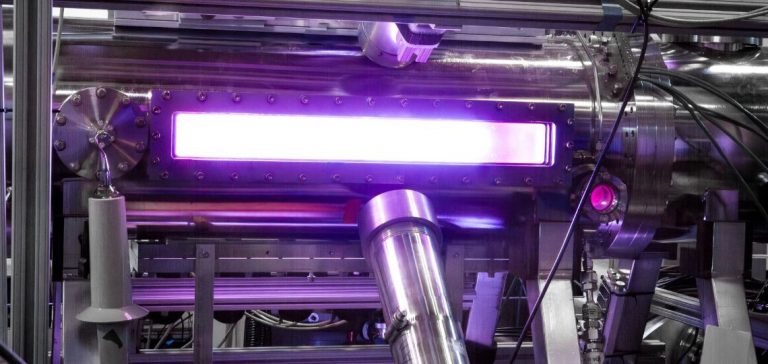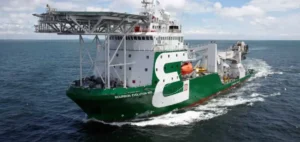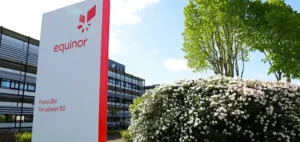Zap Energy, a pioneering company in the field of fusion energy, announced the closure of a 130 million dollar funding round in its Series D, bringing its total funding beyond 330 million dollars. This new capital injection will allow the company to continue developing its compact fusion systems and advance toward the realization of commercial fusion power plants.
Century, Zap Energy’s new test platform, has begun operations in Everett, Washington. This platform is the first fully integrated demonstration of several technologies relevant to fusion power plants, including one of the largest tests of a plasma-facing liquid metal blanket to date. In less than three hours, Century has already conducted over 1,000 consecutive plasmas in a chamber lined with circulating liquid metal.
Investment and Strategic Partnerships
The 130 million dollar funding round was led by Soros Fund Management LLC, with participation from new investors such as BAM Elevate, Emerson Collective, Leitmotif, Mizuho Financial Group, Plynth Energy, and Xplor Ventures. Existing investors who also participated in this round include Addition, Breakthrough Energy Ventures, Chevron Technology Ventures, DCVC, Energy Impact Partners, Lowercarbon Capital, and Shell Ventures. This diverse group of investors underscores the growing confidence in Zap Energy’s fusion technologies.
The raised funds will be allocated to the parallel development of both plasma research and development (R&D) and the engineering and integration of the power plant systems. This includes the next generation of the company’s FuZE device series and a cutting-edge pulsed power capacitor bank. These developments are essential to achieving the goals set by the U.S. Department of Energy’s (DOE) Milestone-Based Fusion Development Program.
Technological Progress and Future Goals
Century represents a crucial milestone in Zap Energy’s strategy to commercialize fusion energy. The platform is designed to simulate the operation of a power plant by firing high-voltage pulses every ten seconds for over two hours, totaling more than 1,000 pulses at 0.1 Hz. This operation requires the circulation of 70 kilograms of liquid bismuth in its initial configuration, rising well beyond a ton in its final configuration. Air-cooled heat exchangers will remove the intense plasma heat absorbed by the liquid metal.
Zap Energy’s fusion approach, known as sheared-flow-stabilized Z-pinch, avoids the use of large superconducting magnets and powerful lasers, making the system much more compact than conventional approaches. To generate net energy from fusion, plasmas must satisfy the fusion triple product: they must be hot enough, dense enough, and maintained long enough. With rapid progress in plasma physics and recent results confirming the viability of their approach, Zap Energy is striving to develop devices capable of withstanding extreme conditions and maximizing energy production.
Vision and Strategy of Zap Energy
Benj Conway, CEO of Zap Energy, stated: “The race for fusion commercialization has historically been considered a triathlon: science, then engineering, then commercialization. But at Zap, we’re attempting to swim, cycle, and run at the same time – a parallel approach is essential to deliver commercial fusion on a timescale that matters. Century is a vital part of the engineering phase, and we are rapidly accelerating.”
Matthew C. Thompson, Vice President of Systems Engineering at Zap, added: “From its inception, Zap Energy’s founders had a clear idea of how a power plant based on our Z-pinch configuration would work. Our task is to develop and validate those plans by actually building, testing, and maturing key technologies. Century is our next major step in that effort.”
Impact on the Energy Sector
Century, with an average input power of 100 kilowatts, is comparable to the average electricity consumption of 75 American households concentrated into a chamber the size of a hot water heater. The platform, whose central structure is similar to that of a double-decker bus, approaches the final size of a single Zap Energy module capable of producing 50 megawatts of electricity. Future power plants will integrate multiple of these modules to achieve significant production capacities.
Zap Energy currently has 150 employees based in Seattle and San Diego and is supported by leading financial and strategic investors. The company positions itself as a key player in developing sustainable and economical energy solutions through its innovative fusion technology.






















